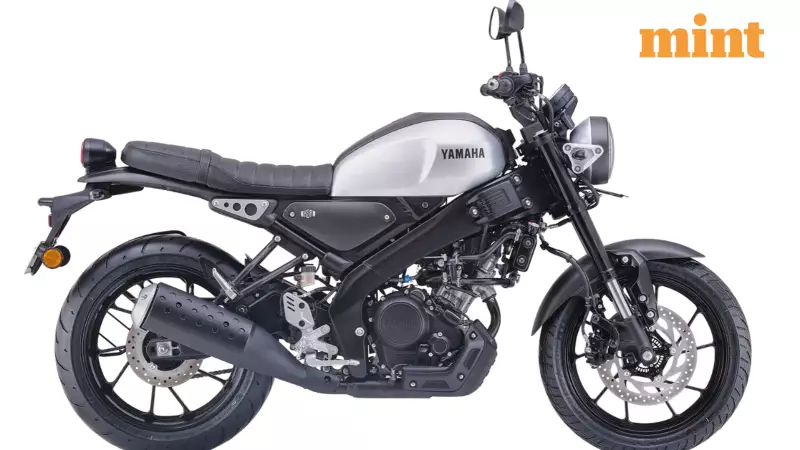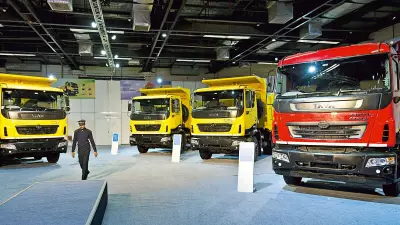
India has firmly established itself as a global powerhouse in the two-wheeler industry, holding the dual distinction of being one of the world's largest markets and the biggest manufacturing hub for motorcycles and scooters. The country's automotive sector continues to evolve rapidly, adapting to changing consumer preferences with diverse product offerings.
India's Dominance in Global Two-Wheeler Production
India manufactures an impressive 35% of the world's total two-wheeler volume, cementing its position as the top production center globally. The domestic market remains equally robust, with approximately 20 million units sold within the country during FY2025. This massive scale demonstrates the crucial role two-wheelers play in India's transportation ecosystem and manufacturing economy.
Manufacturers have been actively expanding their portfolios to cater to diverse riding preferences. Beyond conventional commuter models, two distinct categories have gained significant popularity among Indian consumers: roadsters and cruisers. These motorcycle types serve completely different purposes and appeal to varied riding styles.
Understanding the Fundamental Differences
Roadster motorcycles are designed for versatility and sporty riding experiences. They feature upright handlebars and wide tires that provide balanced control and comfort. These bikes are engineered for agility and responsiveness, making them suitable for both city commuting and leisure riding. The lightweight frames and standard geometry contribute to their nimble handling characteristics.
In contrast, cruiser motorcycles prioritize comfort and style above all else. They are built for relaxed, extended journeys with a riding posture that reduces strain on the rider. Cruisers typically feature low seat heights, extended wheelbases, and front-positioned foot pegs that create a laid-back riding position ideal for long-distance travel.
Design and Performance Comparison
The design philosophy between these two categories varies significantly. Roadsters typically showcase minimalist aesthetics with exposed engines and chassis, lacking extensive fairings. This design approach emphasizes functionality and reduces weight, contributing to their agile performance.
Cruiser motorcycles embrace classic styling elements often featuring chrome accents, larger frames, and distinctive silhouettes. These bikes are generally larger than other motorcycle types and carry more weight, which enhances straight-line stability but reduces cornering responsiveness compared to roadsters.
Performance characteristics also differ substantially. Roadsters offer a balanced blend of power and handling, suitable for various riding conditions. They provide light and fast riding experiences that appeal to urban commuters and weekend enthusiasts alike.
Cruisers focus on low-end torque delivery, enabling relaxed acceleration and smooth power delivery. Their softer suspension systems and plush seating ensure comfortable rides even over longer distances, though they sacrifice some agility in the process.
Practical Applications for Indian Riders
For Indian consumers, the choice between roadster and cruiser motorcycles depends largely on their primary riding needs. Roadsters excel in urban environments where maneuverability and versatility are paramount. Their lighter weight and responsive handling make them ideal for navigating congested city streets while still providing enjoyment during leisure rides.
Cruiser motorcycles serve riders seeking comfort during extended journeys and those who prioritize styling statement. The stable, planted feel of cruisers provides confidence on highways and open roads, though their larger dimensions can present challenges in dense urban traffic.
The Indian two-wheeler market's ability to accommodate such diverse product categories demonstrates its maturity and the sophisticated preferences of local consumers. As manufacturers continue to innovate within these segments, riders can expect even more specialized options tailored to specific riding styles and requirements.





